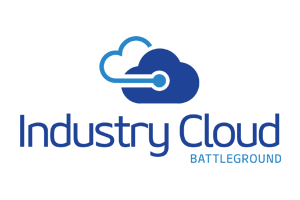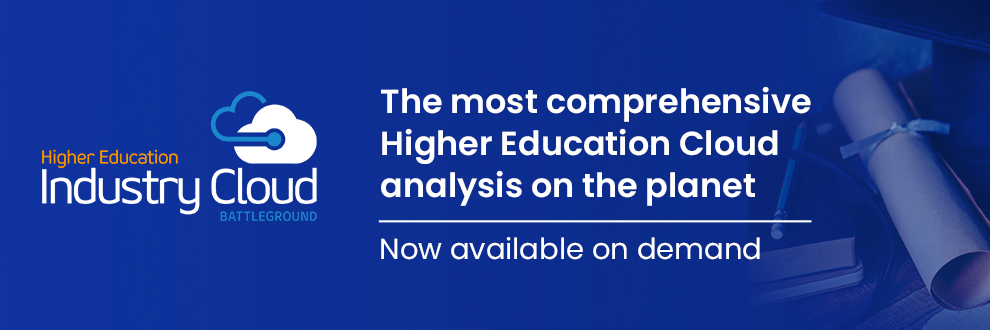Roughly two years ago, the world changed forever. The Covid-19 pandemic changed the way most everyone worked and that happened at a pace no one thought was even possible. But a strange thing happened along the way. The education vertical, long a laggard in technology, saw some institutions innovating in a way that moved beyond many other industries.
While that level of innovation did not happen across the entire education vertical market, there are those that did innovate and created something truly special, thanks to the help of their ecosystem partners, who found the right solutions.
Reimagining Education With Remote Solutions
Education innovators took a different and informally charted approach to be remote. They went much further than just putting a webcam and a speaker on a computer to build a virtual analog of the classroom, they rethought the learning process to support remote students and then recreated it again to support a hybrid environment. To use a phrase that is gaining in popularity they focused on using technology to create ‘brain capital*” for their students rather than simply automating a process or using technology to make remote classrooms work.
*Brain Capital is defined as considering brain skills and brain health as an indispensable part of the ever-growing knowledge economy.
The Brain Economy
To understand what these savvy educators did, we first must acknowledge that our current economy is in fact a Brain Economy—an economy where most of the new and high-paying jobs demand cognitive, knowledge, emotional, social, and contextual skills. Workers are experiencing an economy that now values innovation and unique thought over manual labor—an economy where real and defined deliverables drive employee productivity.
With increased technology and automation, our economy is increasingly placing a large premium on brain-based skills that make us human. Skills such as problem-solving, emotional intelligence, originality, compassion, teamwork, systems thinking, and flexibility. This brain economy will continually put an increasing premium on individual brain skills and the ability to network those individual brains to work together towards more unique and innovative solutions.
However, success now requires advanced interpersonal skills, along with social-emotional intelligence, which often proves difficult to deliver in a remote education world. In corporate environments, we largely ignored brain health and simply launched cloud solutions that enabled remote work – enter the cloud communication solution and some new hardware. In some schools, they moved beyond this, realizing that their students needed more to evolve in this newest normal.
Innovative educators have made an investment in cloud technology, supported by their ecosystem, that helped expand brain health and brain skills in students. A critical achievement that proves applicable for post-pandemic economic reimagination. A process that promotes long-term economic growth and can serve as a blueprint. One that enables us to look at cloud solutions that matter for our long-term survival in a rapidly changing work environment, while still remaining compelling.
Today’s newly minted modern global brain economy puts a premium on individual brain skills. However, that is only one recognized factor, more importantly, it demands the networking of individual brains to communicate and work together. Something that requires social intelligence resting on interpersonal skills and social perception, as well as related abilities, can be delivered via innovative cloud solutions.
Education offers a specific example, Social Emotional Learning (SEL), which is an innovative approach to students and their teachers. SEL is about learning the 7 factors that lead to growth and success in an always-connected knowledge economy. SEL offered to students from a cloud-based curriculum including tests, scenarios and skills helped students develop the very brain health needed to deal not only with the struggles inherent in learning remote, but also the lifelong skills necessary to succeed in a remote led knowledge first world.
Schools investing in cloud solutions from firms like 7Mindsets saw additional benefits where these cloud solutions also helped teachers and administrators to develop a new mindset. A mindset focused on how to help students to succeed. This is a true cloud win, and an innovation we should consider expanding to the corporate environment.
Cloud Solutions for Education and Collaboration
Another example comes in the form of collaboration. Innovative schools paused their current technology usage and began looking to their partners for cloud platforms that would enable remote access strategies for collaboration. At a minimum, these platforms provided tools such as Microsoft 365, Webex, Google Workspace. These platforms have changed and evolved substantially over the last two years. Cloud platforms such as Google Workspace got a complete education overhaul in 2021. Educators are using these collaboration tools to offer a more immersive and inclusive environment for students, not just to ensure they can have a remote classroom.
The ecosystem in education has risen to the challenge and ISVs with unique cloud offerings that focus on student experience and brain capital have taken the education market by storm. As an example, Itopia’s student experience offering, when paired with Google Cloud and Softchoice, enables students to build virtual labs using just their browser, which enables hands-on learning coupled with brainpower. What’s more, the EdTech Connect Website allows higher education staff members to list out and rate the software solutions that they use. It’s no surprise that more than 85% of the solutions listed on the EdTech Connect site are cloud-based.
The Final Frontier of Cloud Innovation and Education: Cybersecurity
Innovation is not without challenges for these education technology adopters, where factors, such as securing student information, create additional risk in light of the persistent cyberattacks many organizations are dealing with. Many have additional concerns about the security and reliability of the public cloud, especially in the education space where many IT leaders prefer to work with infrastructure providers that can more securely host applications and protect their data privacy.
You could say that the last frontier in cloud innovation in education is, in fact, security. While many educators are adopting SaaS solutions there is still a wait-and-see approach by many institutions as they grapple with the need for innovation while still securing data. These challenges are also being addressed by their ecosystem partners and ISVs like Privafy who are bringing new and unique security solutions to the table that protect data in motion; a true risk in a remote and hybrid student environment. The innovators in education are using these types of solutions to overcome their security concerns and deliver what their students need.
Final Thoughts
The education vertical and their ecosystem of partners just may be capable of teaching corporations a new technology path, such as innovating with the cloud. One paved with brain capital and designed to improve not just the remote experience, but also our long-term health in a growing remote and potentially hybrid world. The jobs of the future will increasingly value an individual’s cognitive, emotional, and social brain health and with that future closer than many think, the time is now to focus on preparedness for the changes likely to come.








